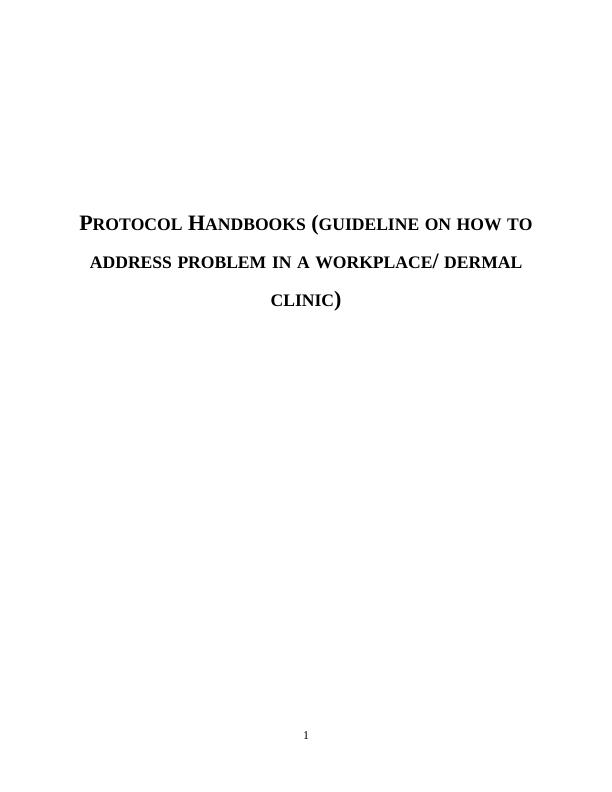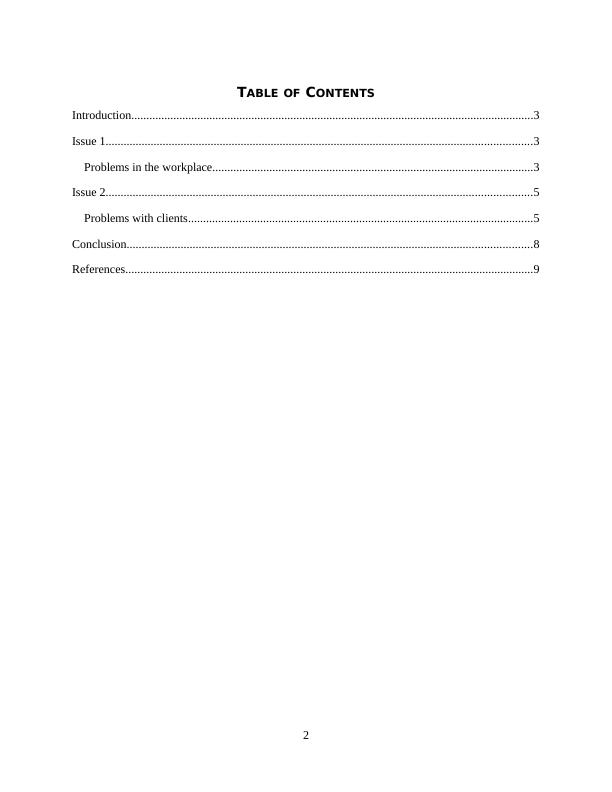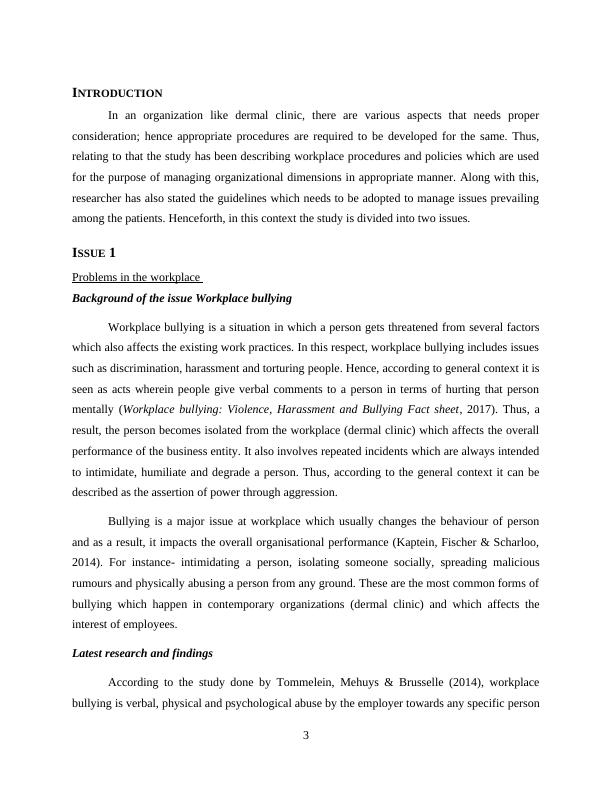Protocol Handbooks: Guideline on Addressing Workplace and Dermal Clinic Problems
Added on 2023-03-31
10 Pages2306 Words188 Views
End of preview
Want to access all the pages? Upload your documents or become a member.
Advanced Human Resource Perspective | Report
|5
|730
|10
Workplace Stress: Causes, Effects, and Management
|4
|767
|128
BSBLEG417 - Apply the principles of evidence law
|14
|2726
|286
Ethical Issues in Workplace Bullying and Harassment
|15
|6253
|254
Prevention of Bullying at Workplace
|5
|1233
|212
Transition to practice: ESSAY 1 1 Transition to practice
|7
|1726
|491



